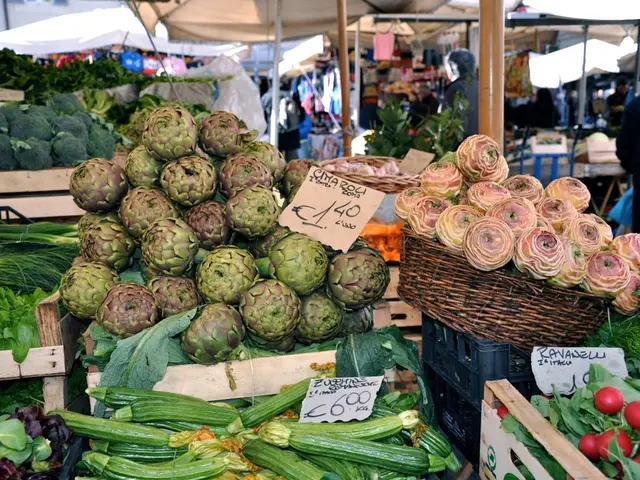House of Commons Yet Falls Short of Gender Equality
In an unprecedented yet underwhelming turn of events, the latest House of Commons brings a mere 30% of women representatives, 104 in total, falling short by 10 points of gender parity. Canada's ranking in global representation ranks 70th, according to Inter-Parliamentary Union data.
This election's numbers are surprising, considering a decrease by six percentage points in candidates from 2021. The only silver lining being that most women who made it to Parliament won in safe ridings, notes Esther Lapointe, director general of Women, Politics and Democracy. She further points out that reaching parity, which is 50%, is still a distant dream. The growth rate of women in Ottawa is approximately 1% per election, indicating a wait of at least 80 years to achieve parity at the current pace.
Breaking down party lines, the Liberal Party of Canada (LPC) stands at 39.6% women representation, with 67 elected women out of all MPs. Conversely, the Conservative Party of Canada (CPC) boasts 18.2% female representation, electing 26 women. The Bloc Québécois follows with 26% female representation, while the New Democratic Party (NDP) and the Green Party emerge as the only parties with more women than men.
Esther Lapointe attributes these results to the number of female candidacies proposed by each party. She suggests it's unlikely for parties to achieve parity if obliged to field equal numbers of men and women, as seen in the NDP's success rate. Legislation on the parity of candidacies in elections is proposed to level the playing field for women, similar to Mexico and France's legislative measures.
The trend of fewer candidates can be attributed to the current sociopolitical context, according to Lapointe, with elections being held precipitately following Justin Trudeau's resignation and the threat of Donald Trump's tariffs. The question arises whether we can expect a gender-balanced cabinet from Prime Minister Mark Carney. While the Liberal Party has 40% elected women, it's questionable whether Carney can afford to overlook parity in his cabinet composition. On a related note, the Ministry of Women and Gender Equality was dissolved from Carney's cabinet.
In Quebec, out of 78 deputies, only a third are women, with one less female representative compared to the previous elections in 2021 and 2019. The Liberal Party leads with 19 out of 26 female representatives, and one woman was elected under the Conservative Party banner in the Bellechasse-Les Etchemins-Levis riding.
For comparison, Mexico and France have adopted distinct yet effective approaches to gender parity in elections. Mexico's recent constitutional amendments mandate gender parity in state-level ministerial appointments, enforce electoral gender quotas, and ban gender pay gaps. This approach has contributed to a staggering 48.2% women in Mexico's lower house and 49.22% in the Senate. In contrast, France's parity law,while enforcing equal numbers of male and female candidates in legislative elections, has shown slower progress due to its limited application to certain election types and cultural resistance within party structures.
- The French government, influenced by their parity law, is enforcing equal numbers of male and female candidates in legislative elections, despite slower progress due to cultural resistance within party structures.
- The Liberal Party of Canada (LPC) stands at 39.6% women representation, with 67 elected women out of all MPs, a figure that could potentially increase with Prime Minister Mark Carney's gender-balanced cabinet.
- The New Democratic Party (NDP) and the Green Party are the only parties with more women than men in Canada, a success Lapointe attributes to the number of female candidacies proposed by each party.
- Canada ranks 70th globally in terms of female representation in Parliament, falling short by ten points of gender parity, with a growth rate of women in Ottawa at approximately 1% per election.
- In Quebec, only a third of the 78 deputies are women, with one less female representative compared to the previous elections in 2021 and 2019.
- Legislation on the parity of candidacies in elections is proposed to level the playing field for women, similar to Mexico and France's legislative measures.
- The decrease by six percentage points in candidates from 2021 can be attributed to the current sociopolitical context, with elections being held precipitately following Justin Trudeau's resignation and the threat of Donald Trump's tariffs.
- Migration, crime-and-justice, accidents, fires, general-news, sports, sports-betting, and war-and-conflicts are other crucial issues that remain key areas of focus in Canadian politics, alongside the pursuit of gender parity in electoral representation.








